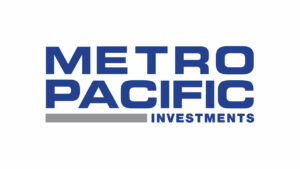Starlink beats PHL fixed broadband providers on download speeds at 110.78 Mbps — Ookla

Starlink, the satellite internet service offered by Elon Musk’s SpaceX, had higher median download speeds than all the Philippine fixed broadband providers in the first quarter, according to global network testing firm Ookla.
“Median download speeds for Starlink in the Philippines—110.78 megabits per second (Mbps)—during Q1 (first quarter) 2023 was a faster option than all fixed broadband providers combined,” Ookla said in an e-mailed statement on Tuesday, noting that the other fixed broadband providers had 89.57 Mbps.
Major fixed broadband service providers in the Philippines include PLDT, Inc. and Globe Telecom, Inc.
Starlink had a slower upload speed at 13.69 Mbps, compared to Philippine fixed broadband providers at 88.14 Mbps.
Starlink also “had a much higher latency than fixed broadband providers in the Philippines at 62 milliseconds,” Ookla added.
The report said that 2023 continues to shape up as a pivotal year for satellite internet providers.
“We’ll be watching the sky to make sure providers are providing the connectivity consumers need,” said the network testing firm.
SpaceX started serving the Philippines in February this year.
SpaceX has partnered with Data Lake, Inc., a Philippine data company owned by Henry Sy., Jr. and Anthony L. Almeda, for the distribution of SpaceX’s Starlink services in the country.
Data Lake previously said that local customers would have to shell out an initial $599 per unit and $99 for monthly connectivity service for a download speed of 200 Mbps.
Starlink’s broadband service uses a low-Earth orbit satellite system designed to deliver broadband internet connectivity with speeds of 100 to 200 Mbps to isolated and disadvantaged areas where laying fiber cables is difficult. Major telecommunications service providers regard such areas as commercially unviable because of the significant investment needed to put up infrastructure.
With Starlink’s broadband service, it will be cheaper to provide connectivity to unserved and underserved areas such as mountains, islands, and remote villages, according to the Department of Information and Communications Technology. — B.H. Lacsamana




